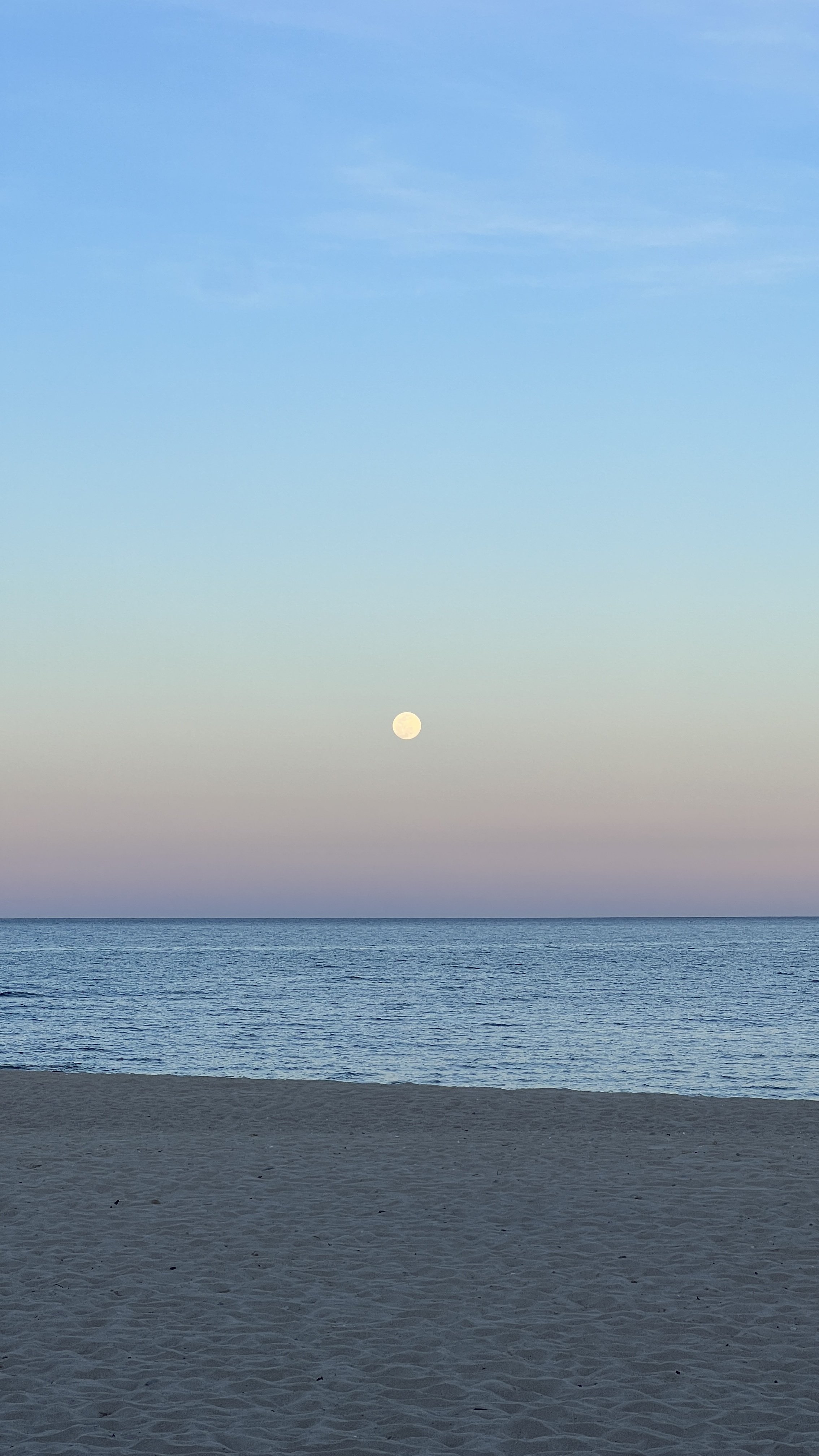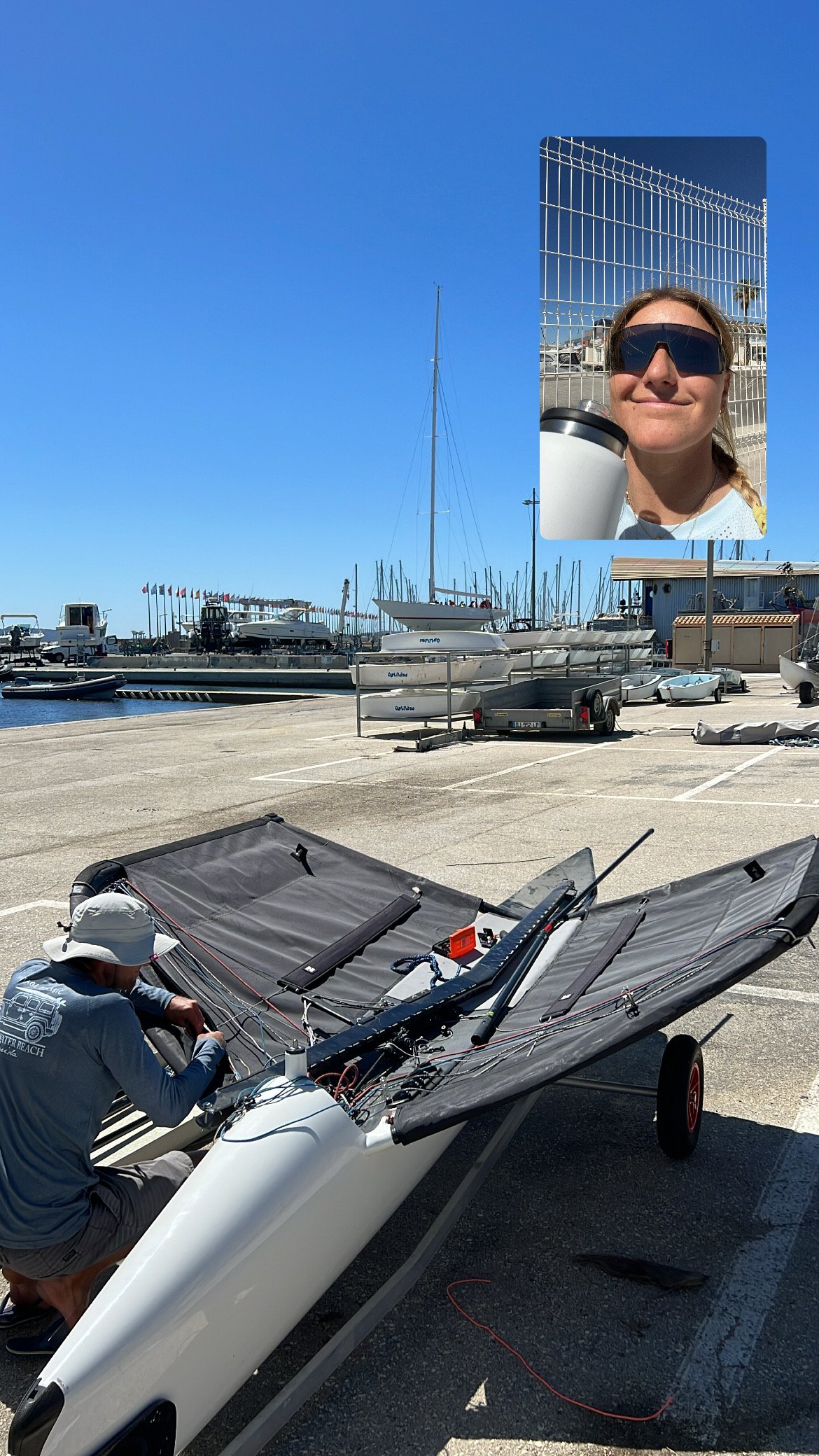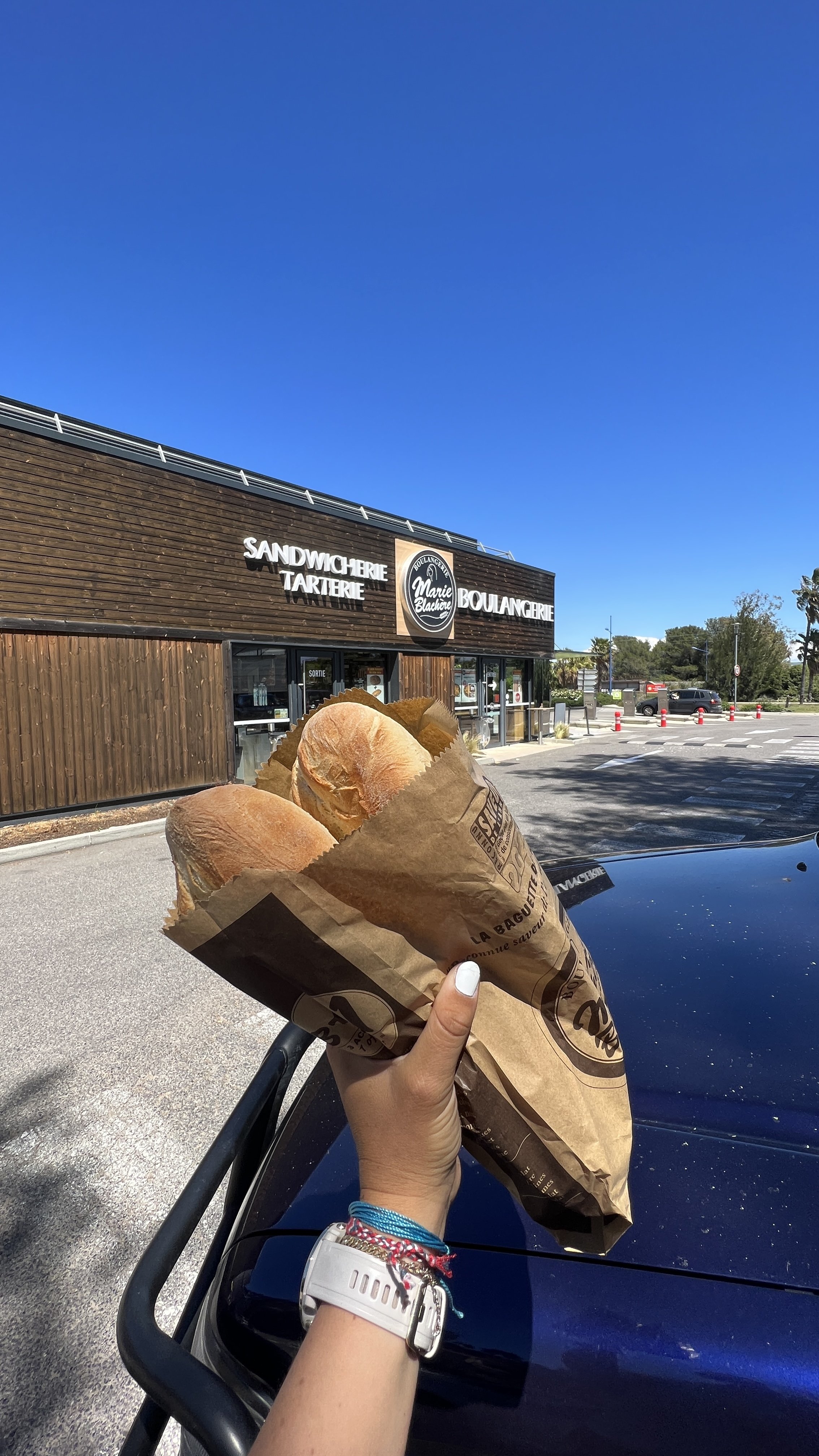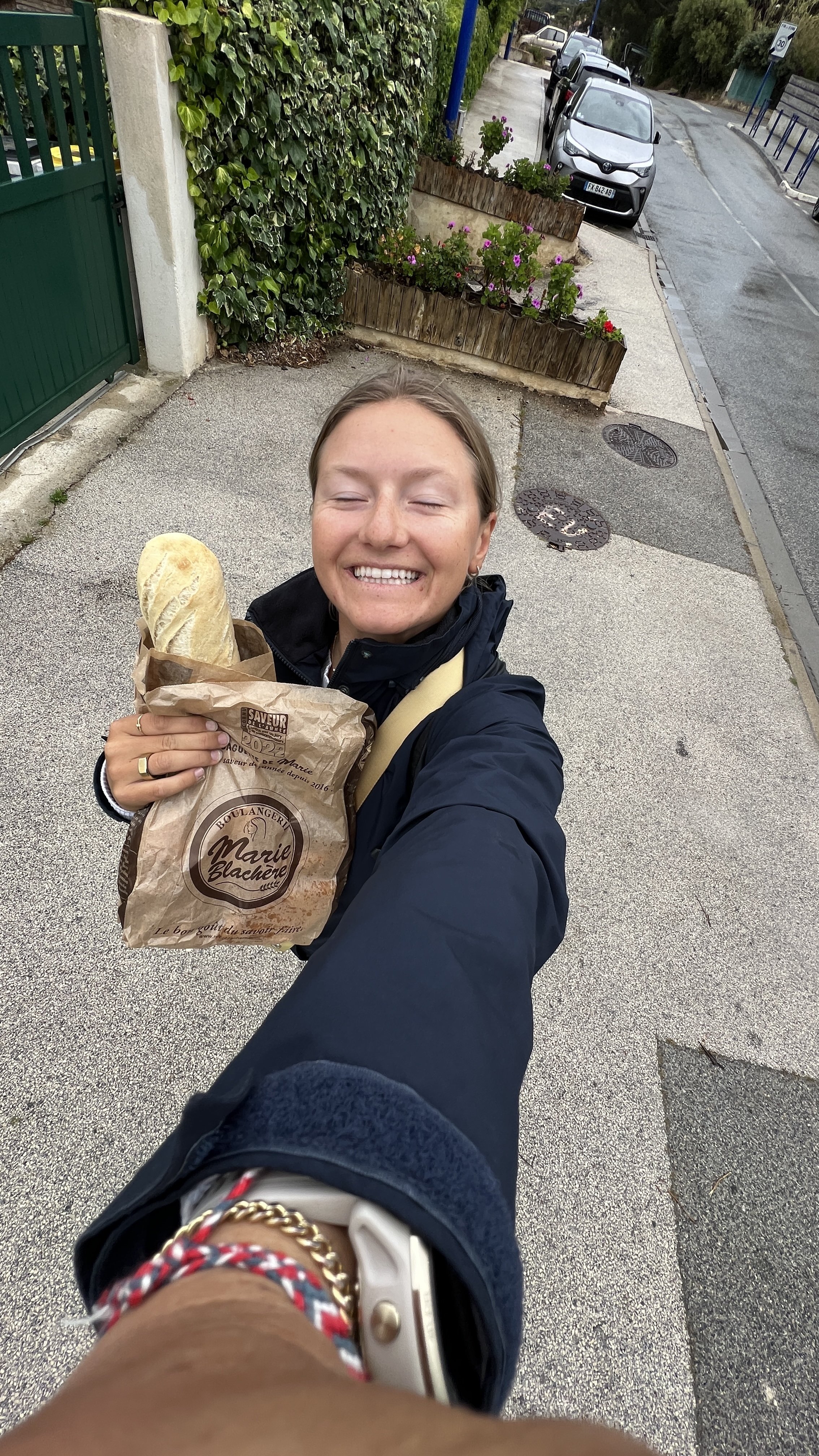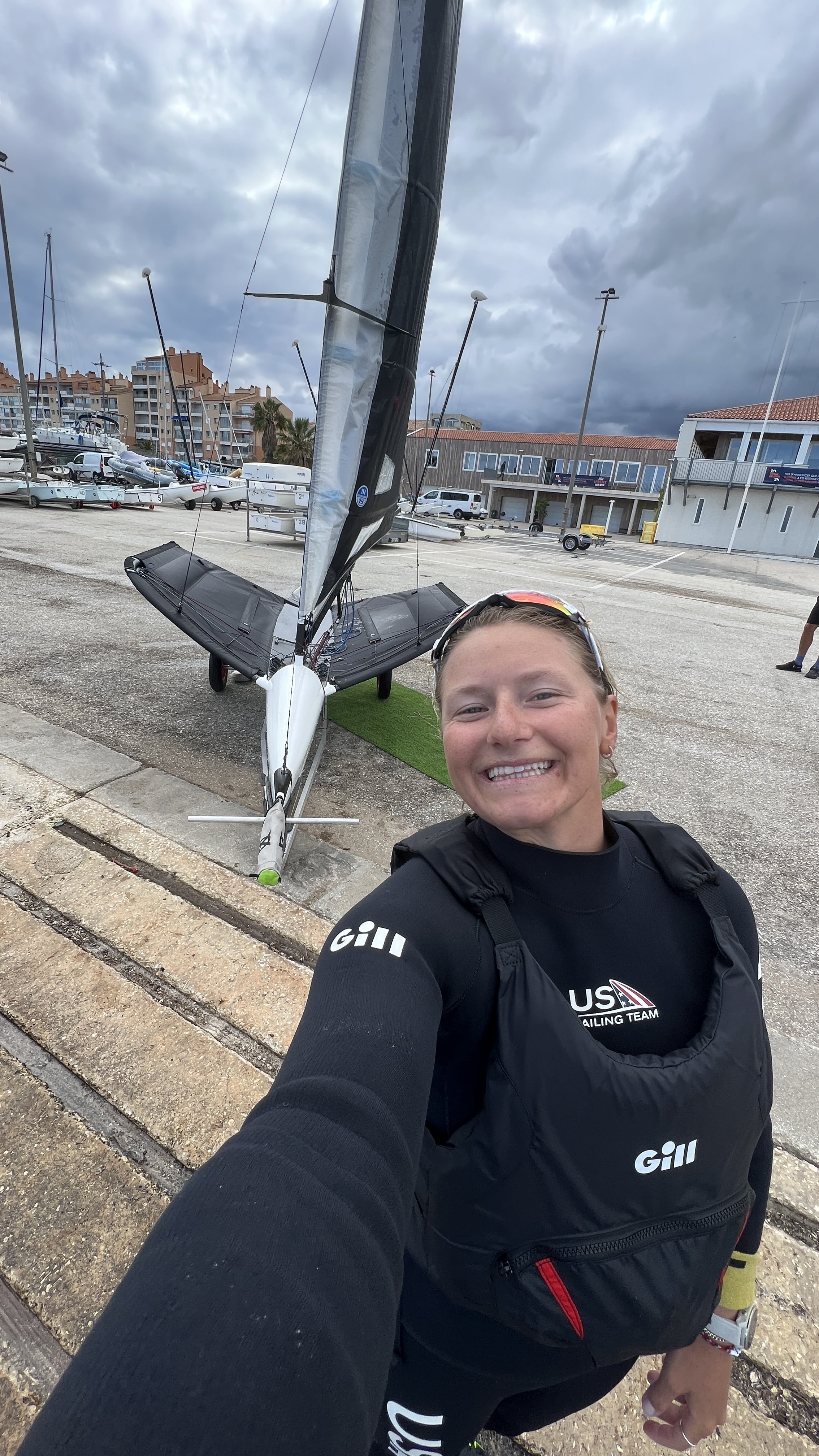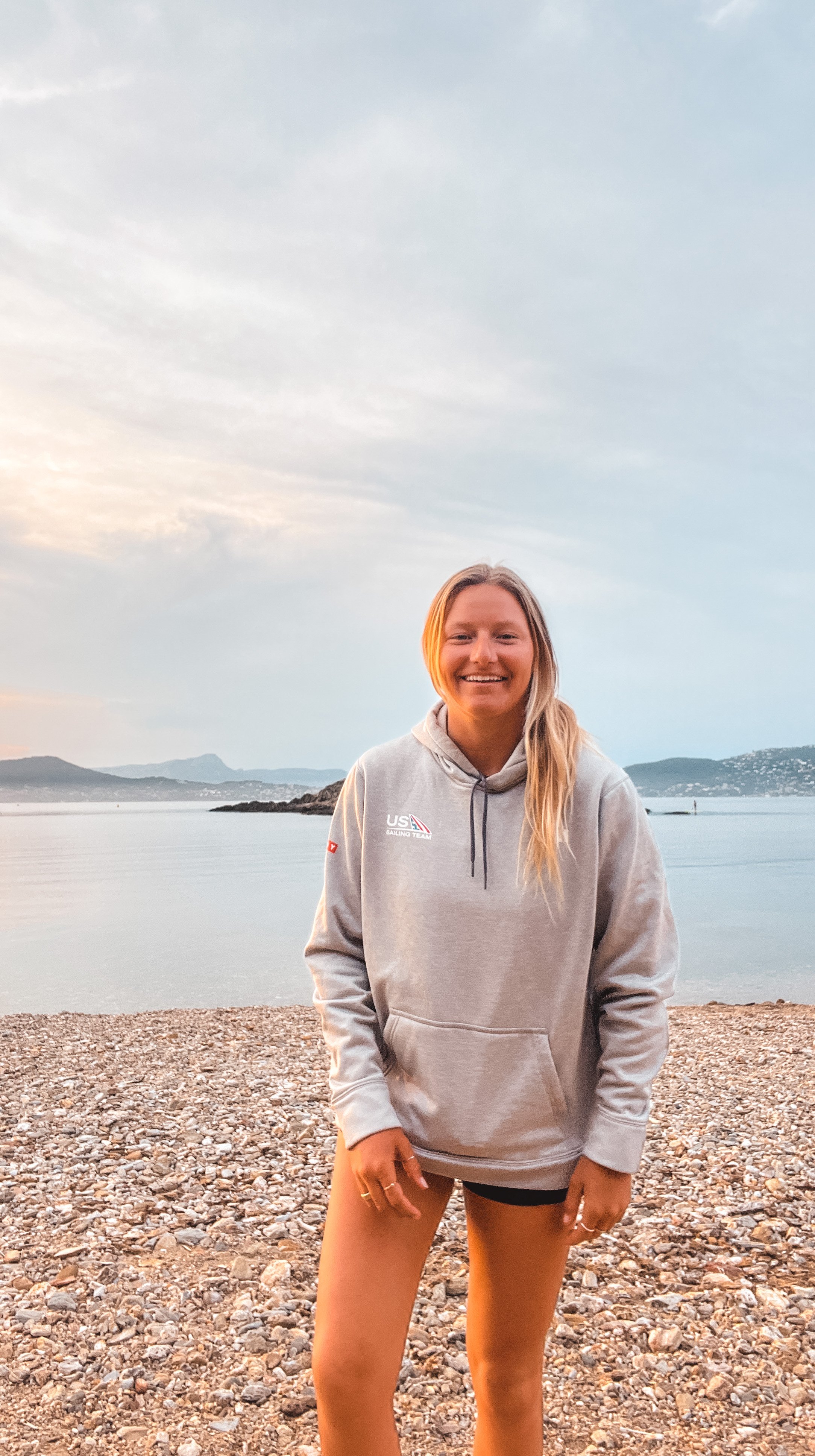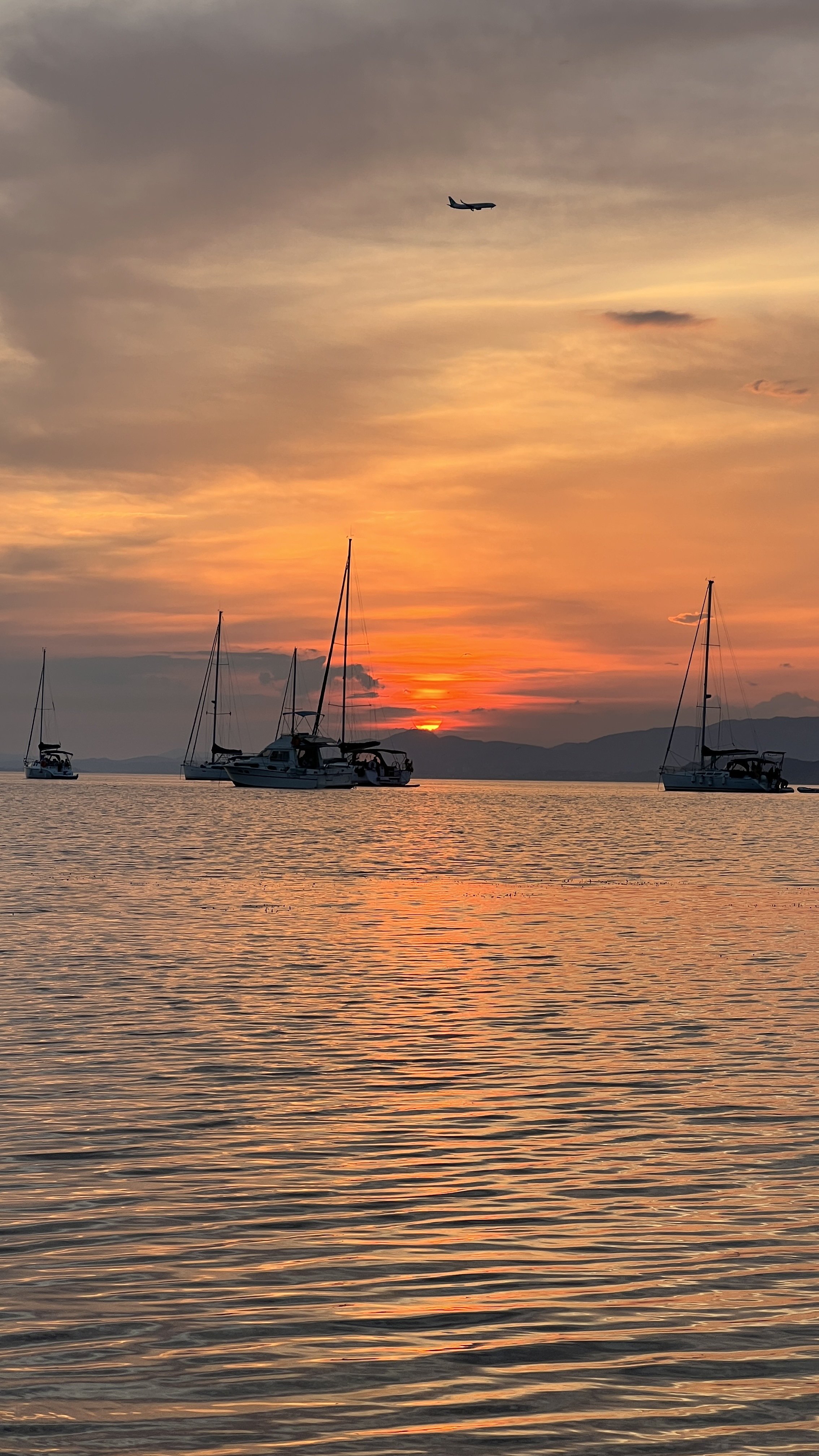2023 Spring Season: Training, Racing, & the Edge of Burnout
After a very positive start to the year, it was time to build up to a very busy racing season ahead. The Trofeo Sofia Regatta in Palma and French Olympic Week regatta in Hyeres are great events to measure up against the rest of the fleet and see what improvements to make before the peak events later in the summer.
To prepare for Palma & Hyeres, I spent 3 weeks in La Ventana, Mexico, to test equipment and get my gear squared away. La Ventana is one of my favorite training venues. The sea state is extremely consistent day-to-day so you can really learn a lot about your foils. The wind conditions vary quite a bit, so you can get plenty of time on each kite size, and there are plenty of opportunities to train on small kites. I’ve been very lucky to spend a lot of time in Baja my whole life, and much of the kite community from home in the Bay Area spends the winter there, so I feel like I have a lot of friends in town. It was thanks to family friends like this that I was able to camp in my van right on the beach and quite literally kite in and kite out - it was an ideal setup.
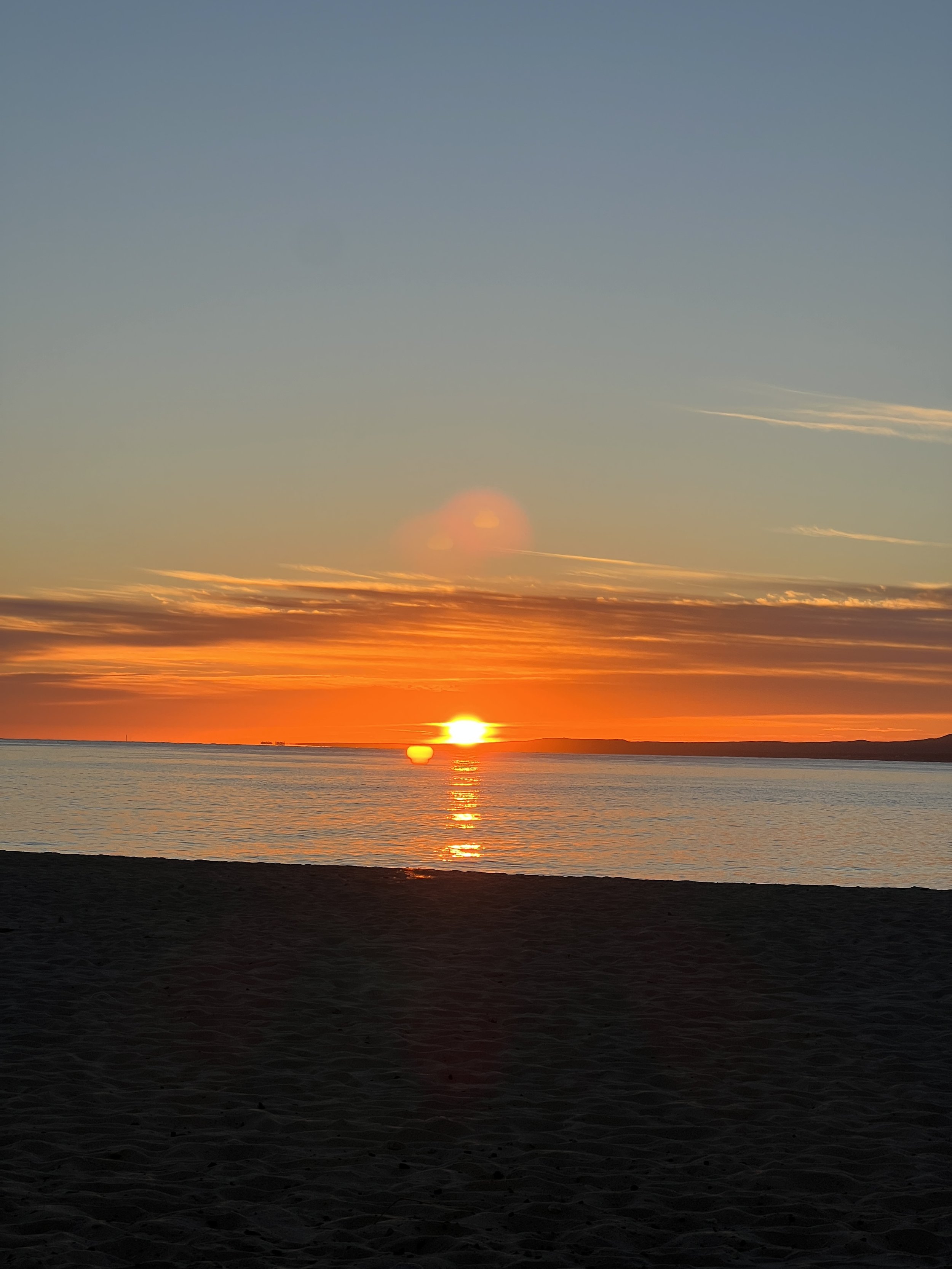
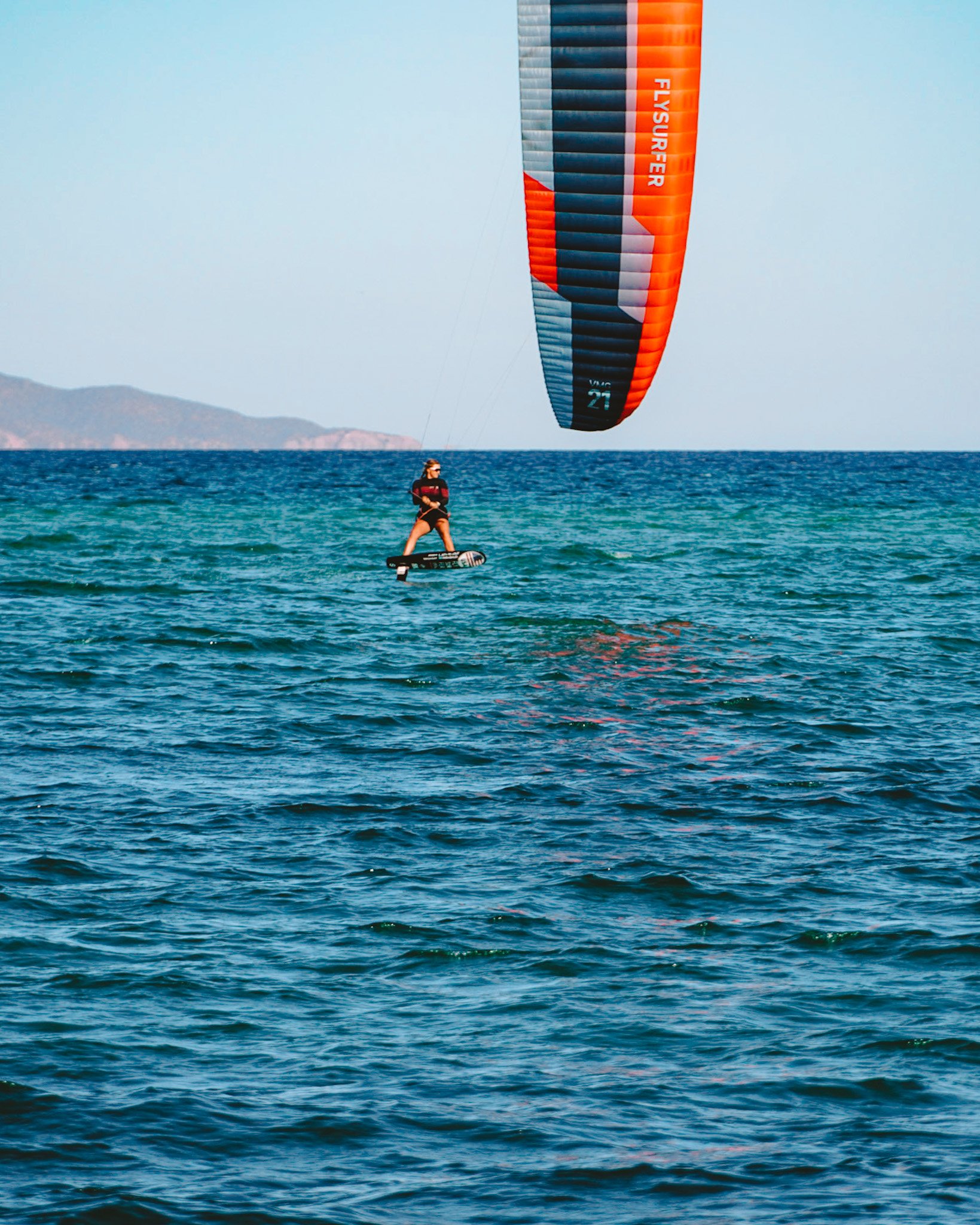
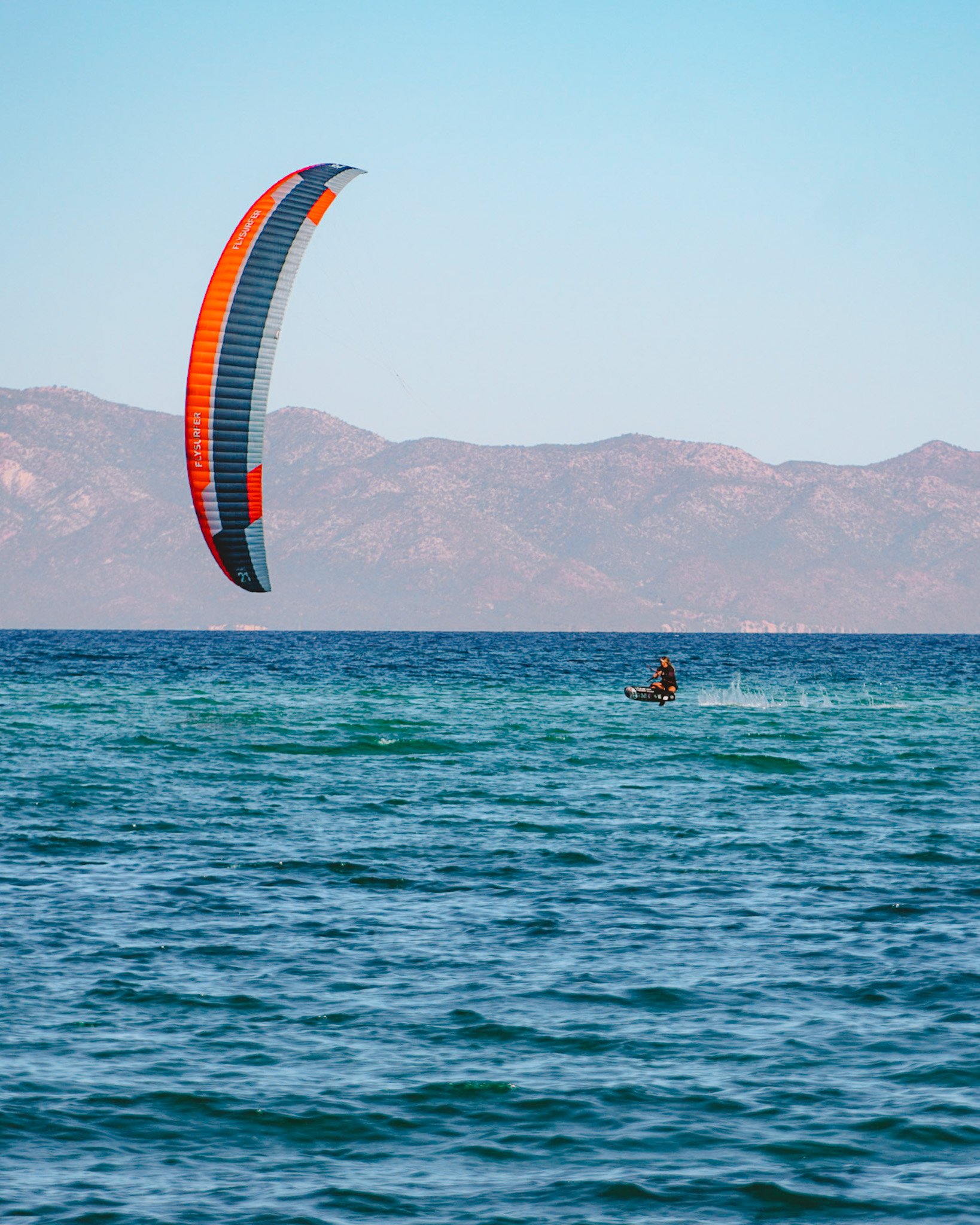
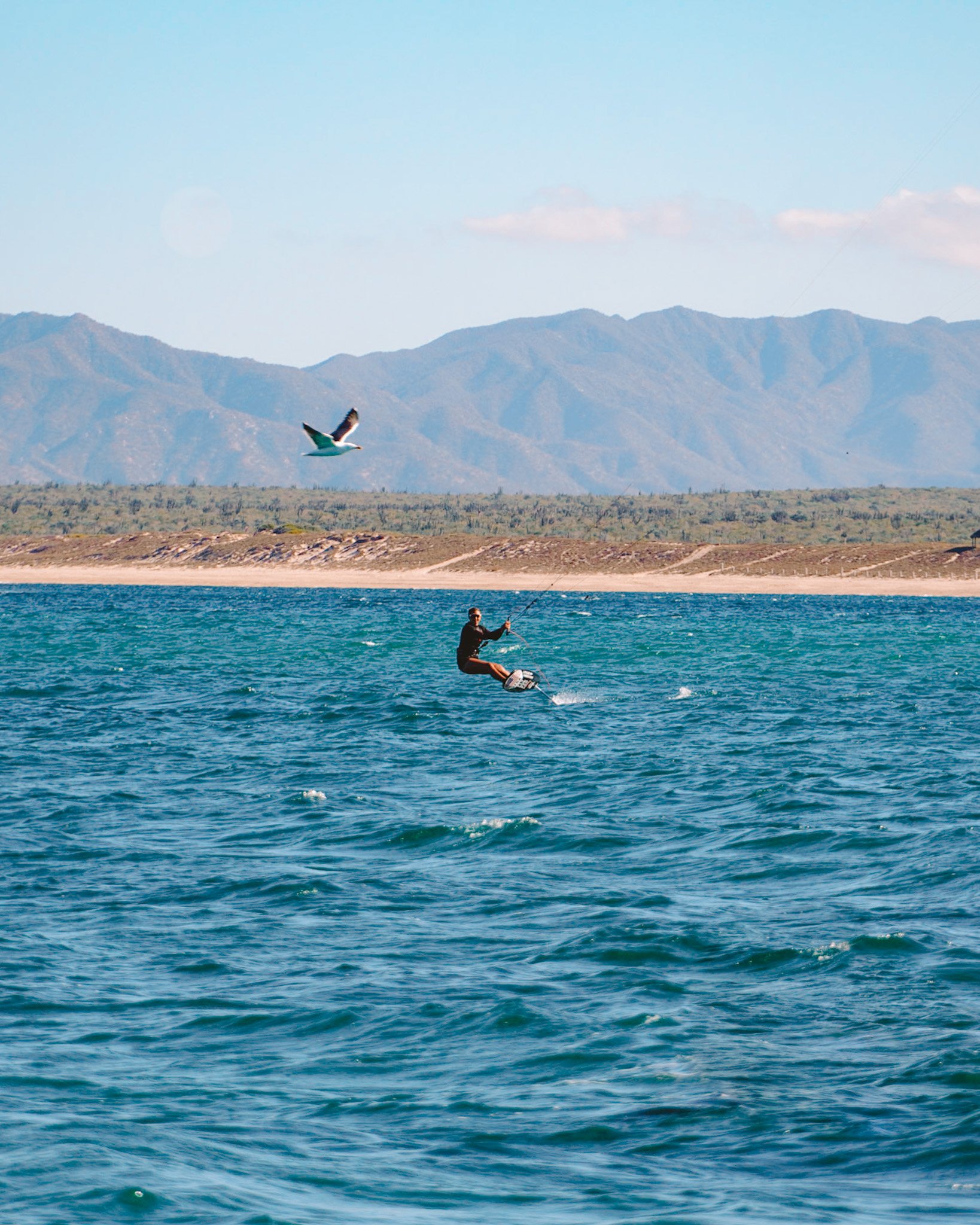
Soon enough it was time to head to Europe. But before going to Palma, I stopped in Geneva, Switzerland, to meet up with one of my main partners, Mirabaud. We had an amazing day together getting to know some of the other brand ambassadors, employees, working on some media projects, and seeing the offices. After being a part of Mirabaud’s “Sailing Squad” project last year, I was really honored when they approached me to form a longer term partnership to support me through the 2024 Games. I am proud to represent such a company that aligns with my values and mission both on and off the water. You can find more information about Mirabaud here.
Next up was training and practice racing in Palma. After being isolated from the majority of the fleet over the winter, I was anxious to see how I lined up against my main competitors. The conditions in Palma were really tricky and I was struggling to get comfortable at the regatta venue. I got an opportunity for practice racing over a weekend at the Formula Kite Spain Series event where the women and men were racing together. It was really great practice and made me feel more and more confident with the tricky conditions.
A week later, it was time for the iconic Trofeo Princesa Sofia Regatta. Unfortunately, a few days before the regatta I got stuck in bed feeling really sick. By the time we started racing, I still wasn’t back to 100% and had lost 5 kilos of weight (which is very bad for speed), but I was well enough to get around the course. My starts were solid and I was racing very well, but I was really struggling with speed and losing points just from not being able to keep up. It was frustrating but made me realize that some pieces of my equipment were not up to par for racing. I finished the regatta in 4th, my first time finishing off the podium, ever, in my kite racing career. I started racing internationally back in 2015, and had won nearly every regatta I had competed in until now. To not even make it on the podium was unthinkable. It was a tough pill to swallow, but reminded me that my competitors are getting better, and I’m willing to do everything I can to stay ahead.
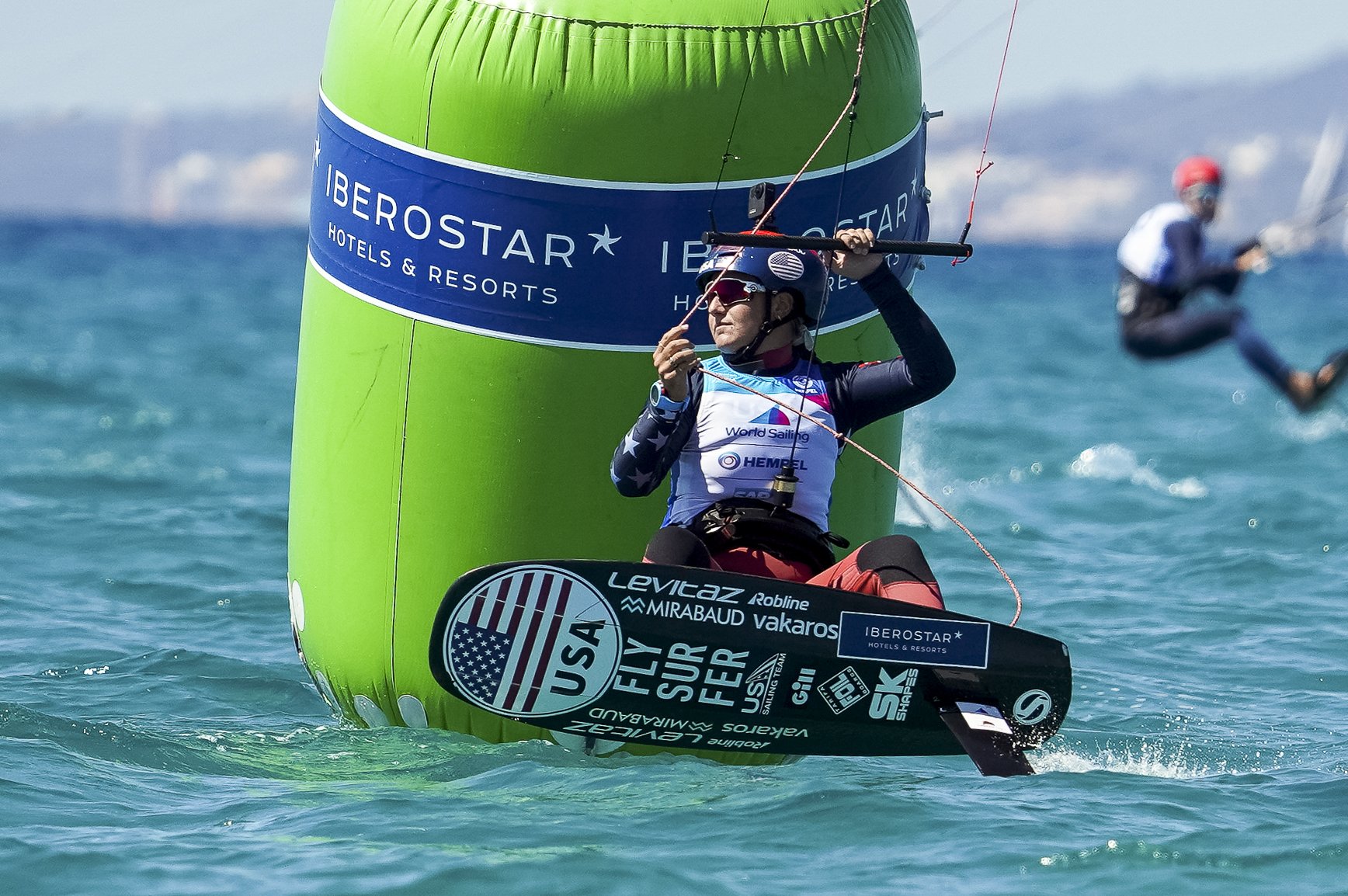
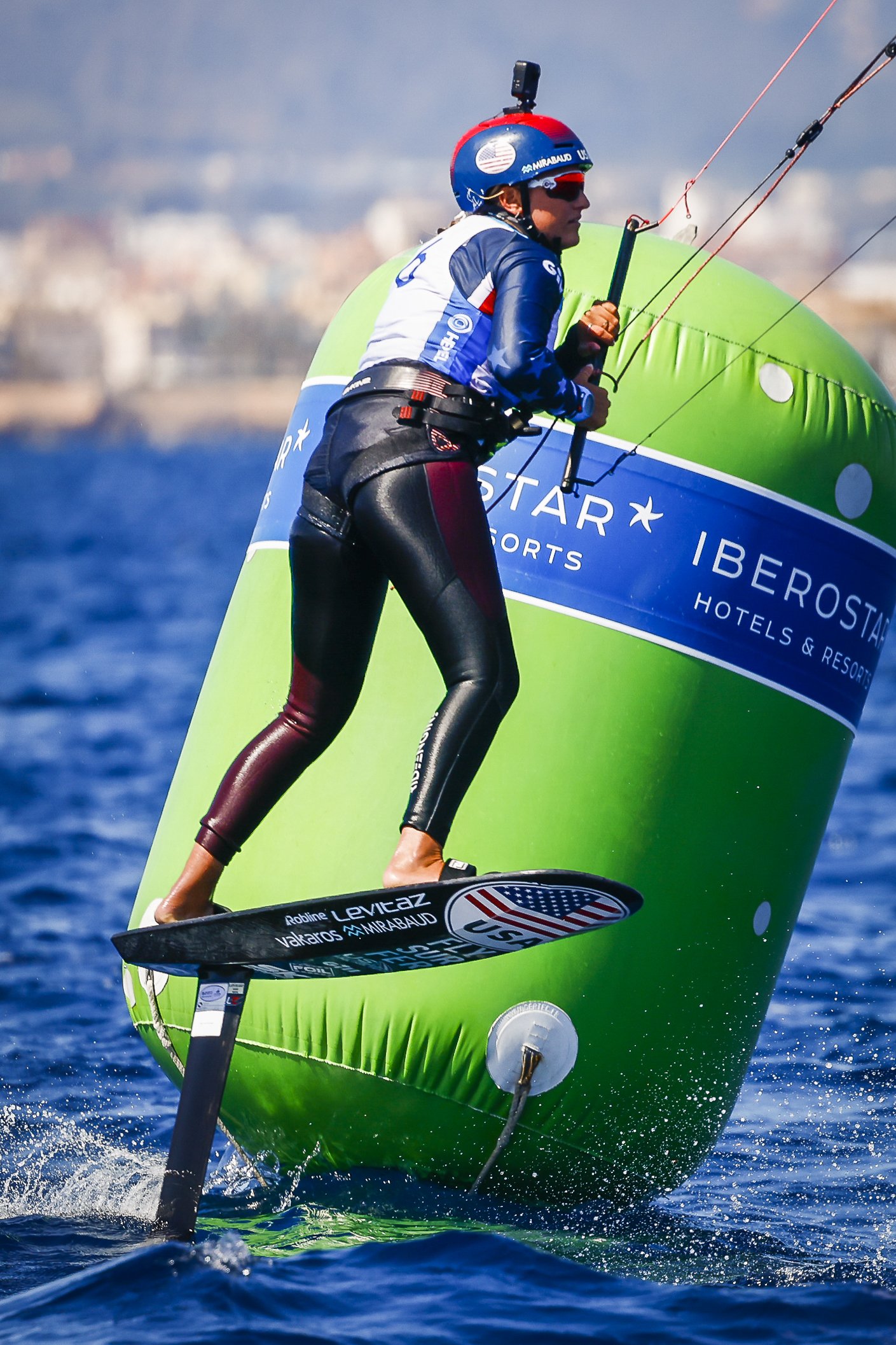
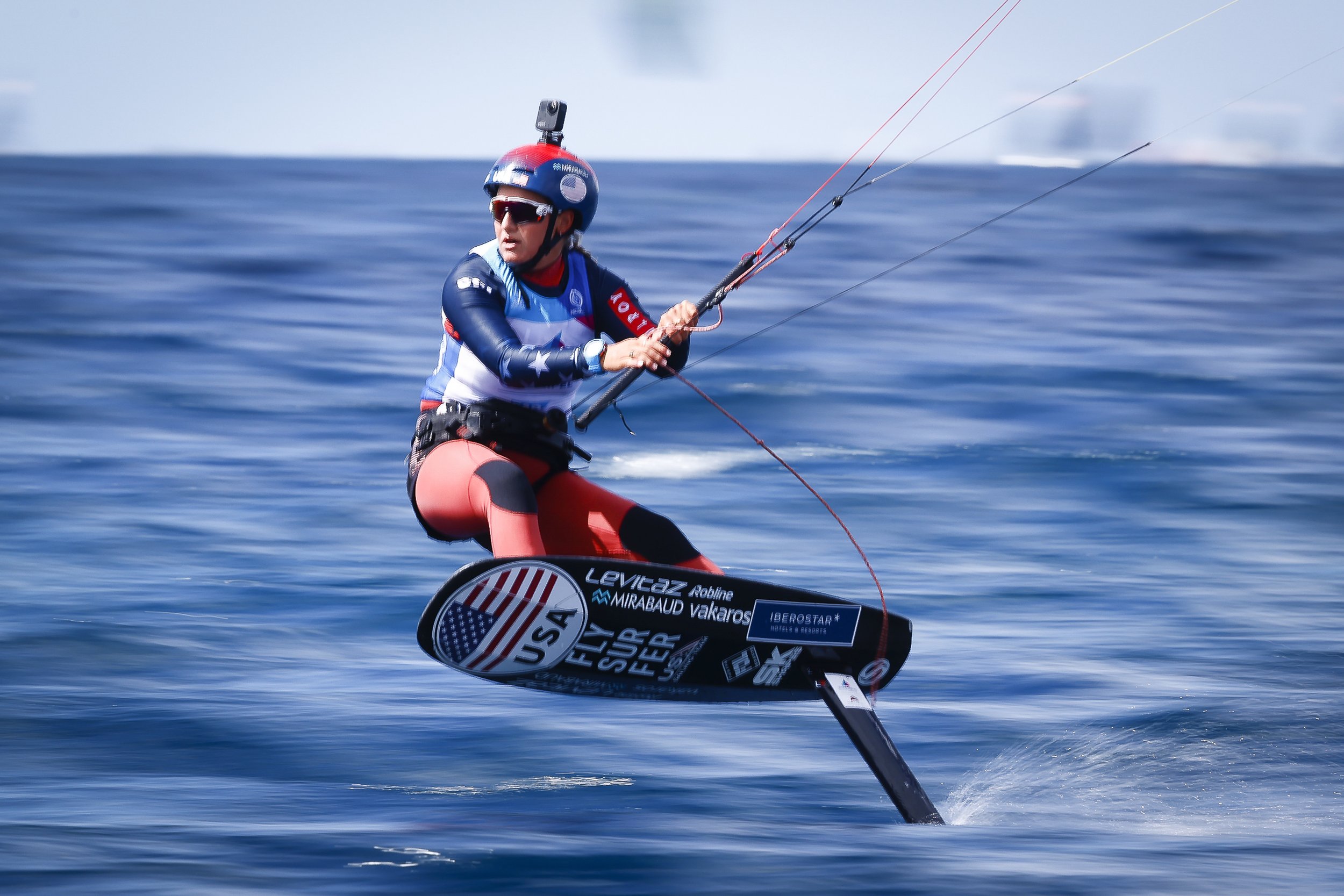
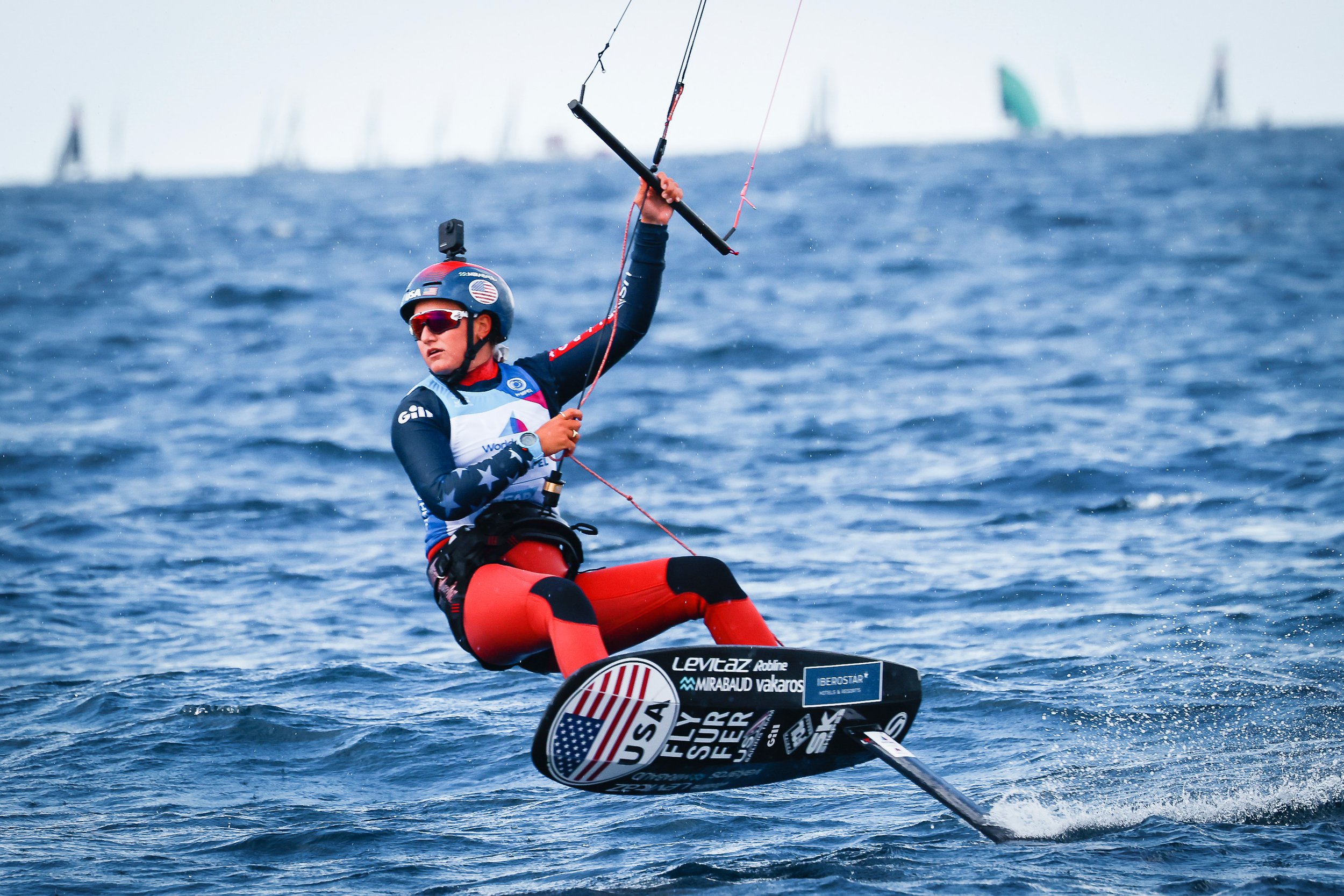
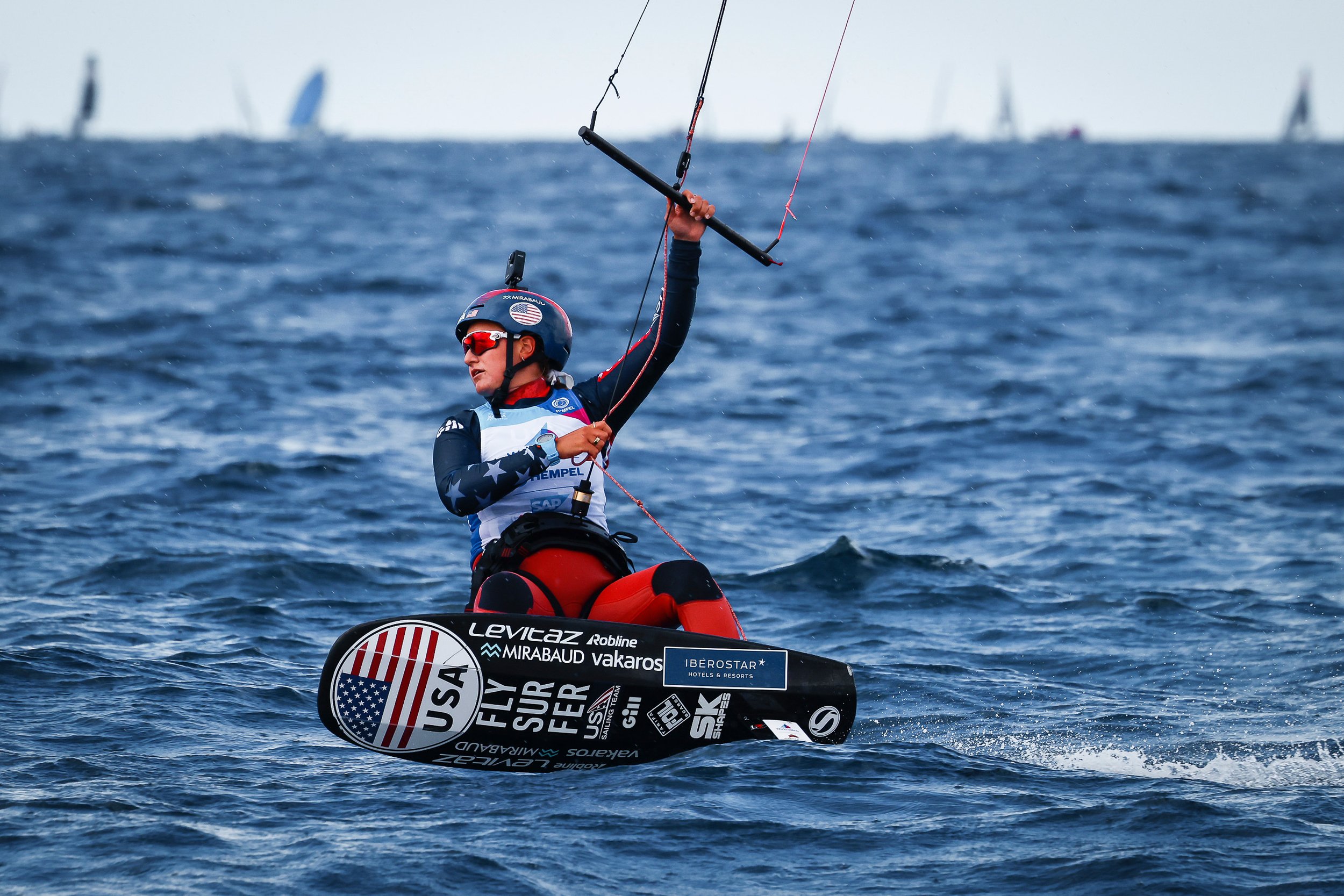
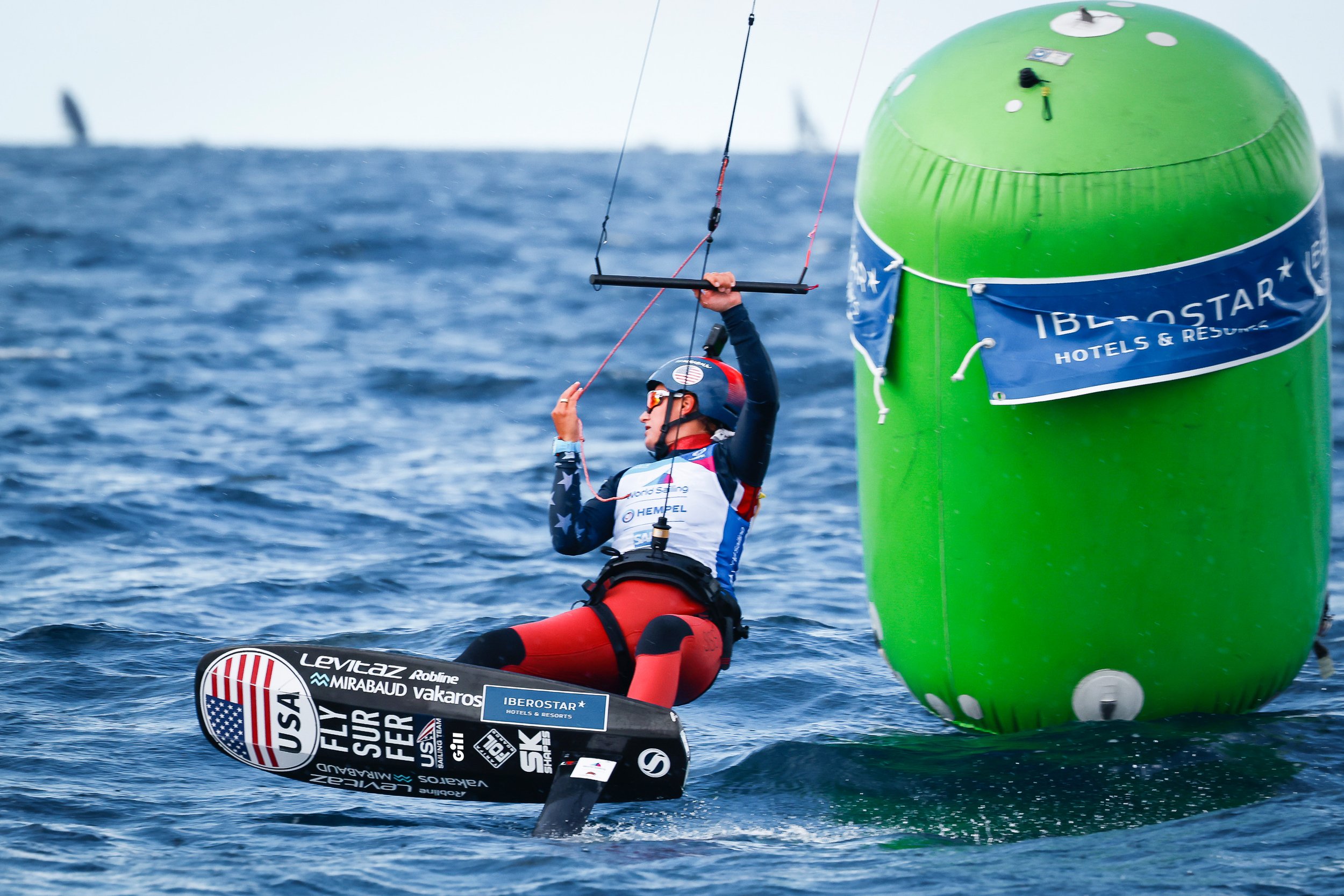
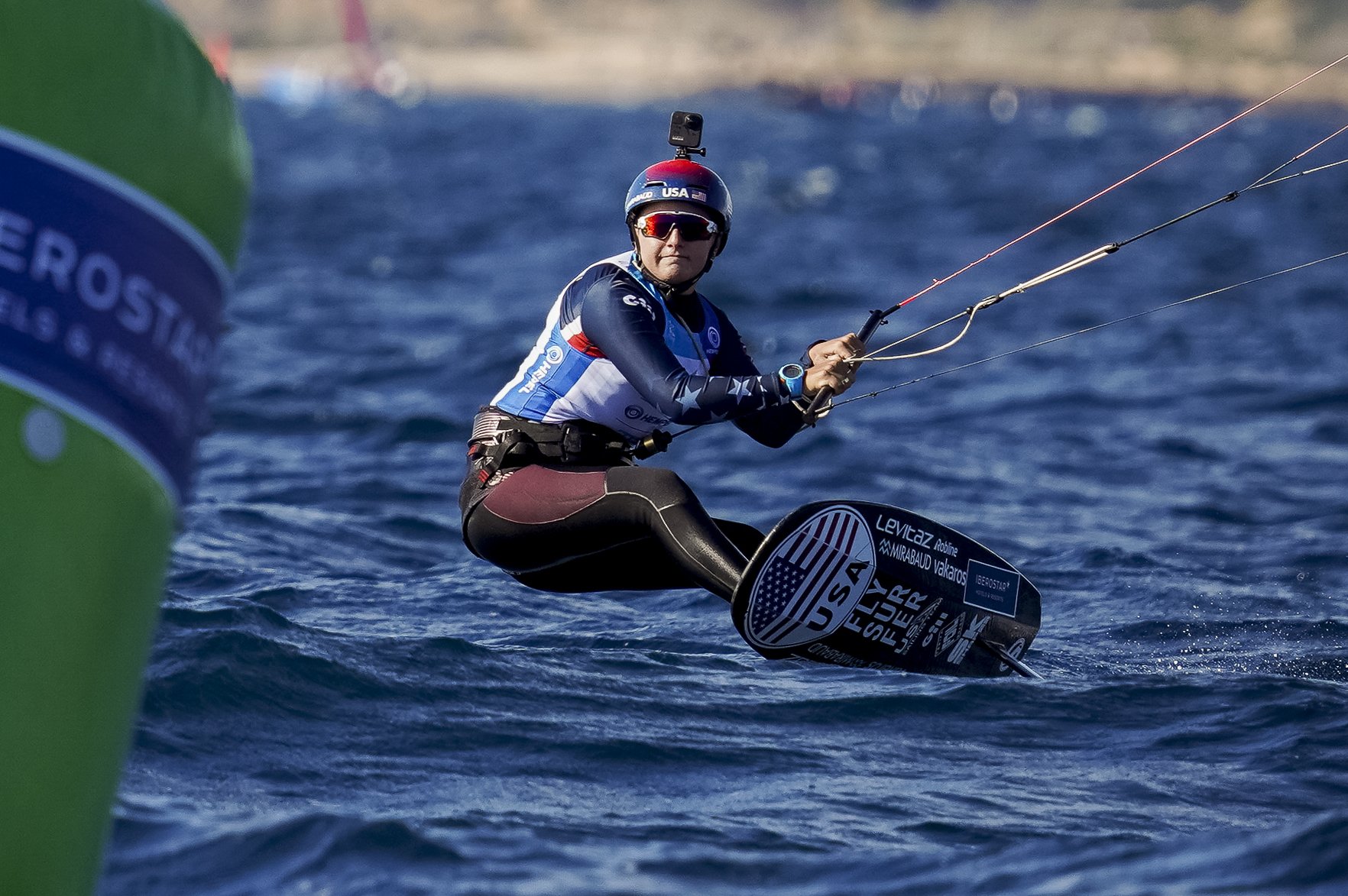
I allowed myself to take the following week off from training. I was still recovering from being sick and was too exhausted, both physically and mentally, to go straight back into a training block. I spent a few days with some friends in Palma just recovering and refreshing my mind. I’ve learned that I’m not very good at taking time off, and often don’t allow myself to properly disconnect until it’s too late and I’m already burnt out. This week was essential for me to reset before getting back into training in Hyeres.
My team and I arrived in Hyeres right on time for a big mistral - this is a very strong system of cold wind that comes down from the Alps and provides for some really challenging conditions. It was a great opportunity to spend more time on small kites, which is not always easily done. I had also received some new kites from my amazing kite sponsor, Flysurfer, to test before the upcoming French Olympic Week regatta. My new equipment technician, Tucker Atterbury, worked very hard these days to make sure all of my kites were in prime racing condition. We had extremely efficient testing sessions thanks to having Tucker on the beach, ready for me to come in to swap kites or make changes to any settings.
Racing at the French Olympic Week regatta opened with another strong mistral wind. I love the days when it’s really windy and gnarly, and felt fast and confident while powered up on my 11m kite when we started racing. As the mistral passed through and the conditions lightened up, I began struggling with some racing strategies. It was frustrating because I felt like I had decent speed again, but was making some tactical mistakes that were costing me. I qualified for the semifinals in 5th, putting a long way between me and the podium, but the opportunity was still there. I managed to win 2 straight races in the semifinals, qualifying myself for the finals. I even won the first race in the final, which moved me up to tied with second place. In the final race, I finished second, securing a silver medal in the regatta. After a really tough week with a lot of ups and downs, I was really proud to have delivered a winning performance in the high pressure final series. It was great to finish that whole block on such a high.
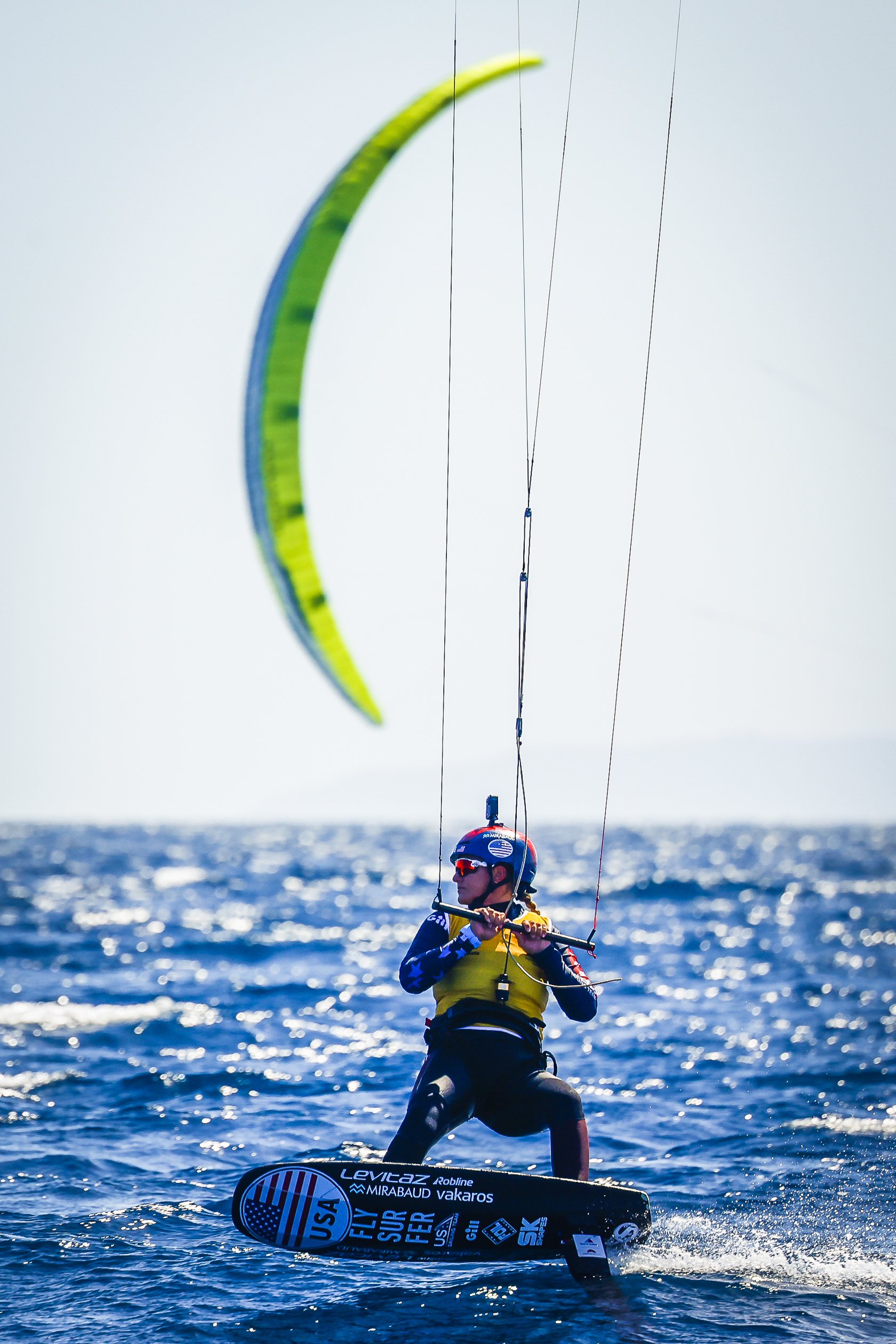


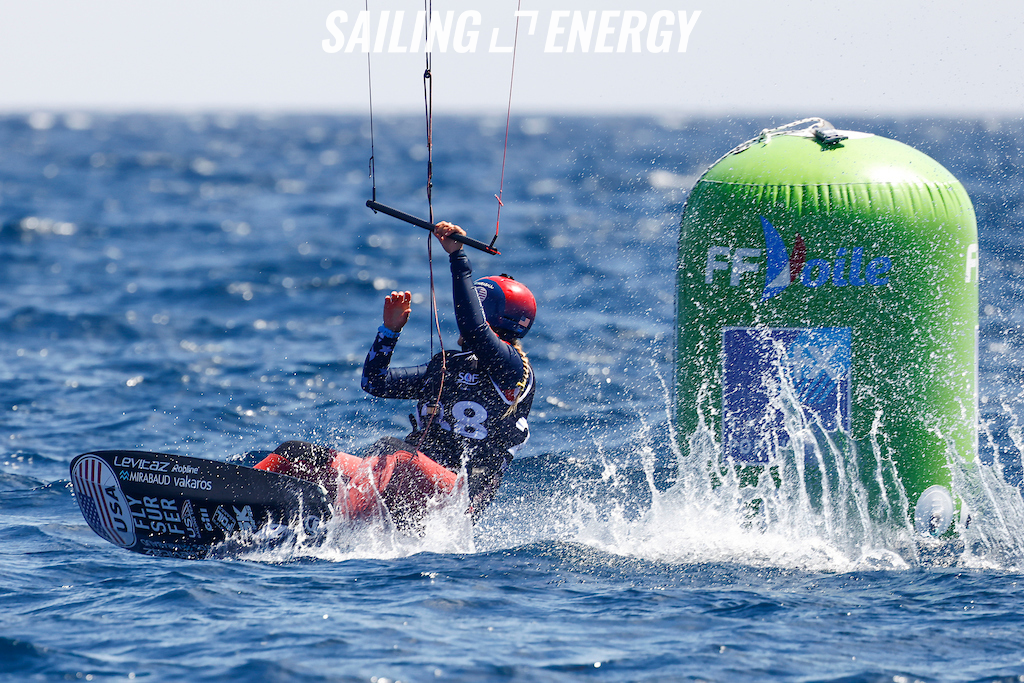
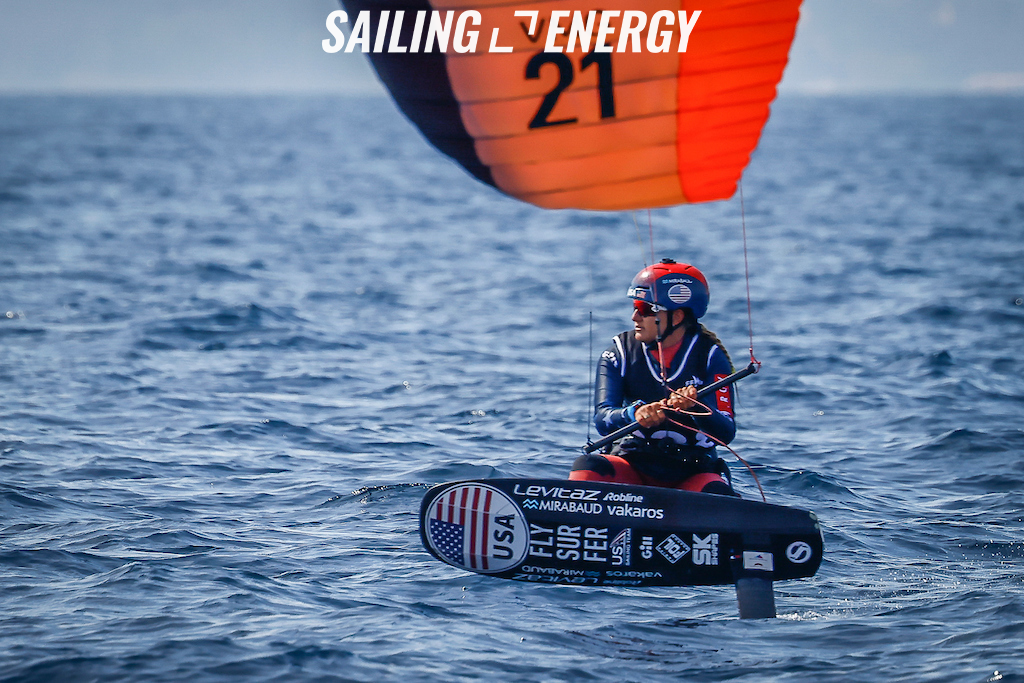
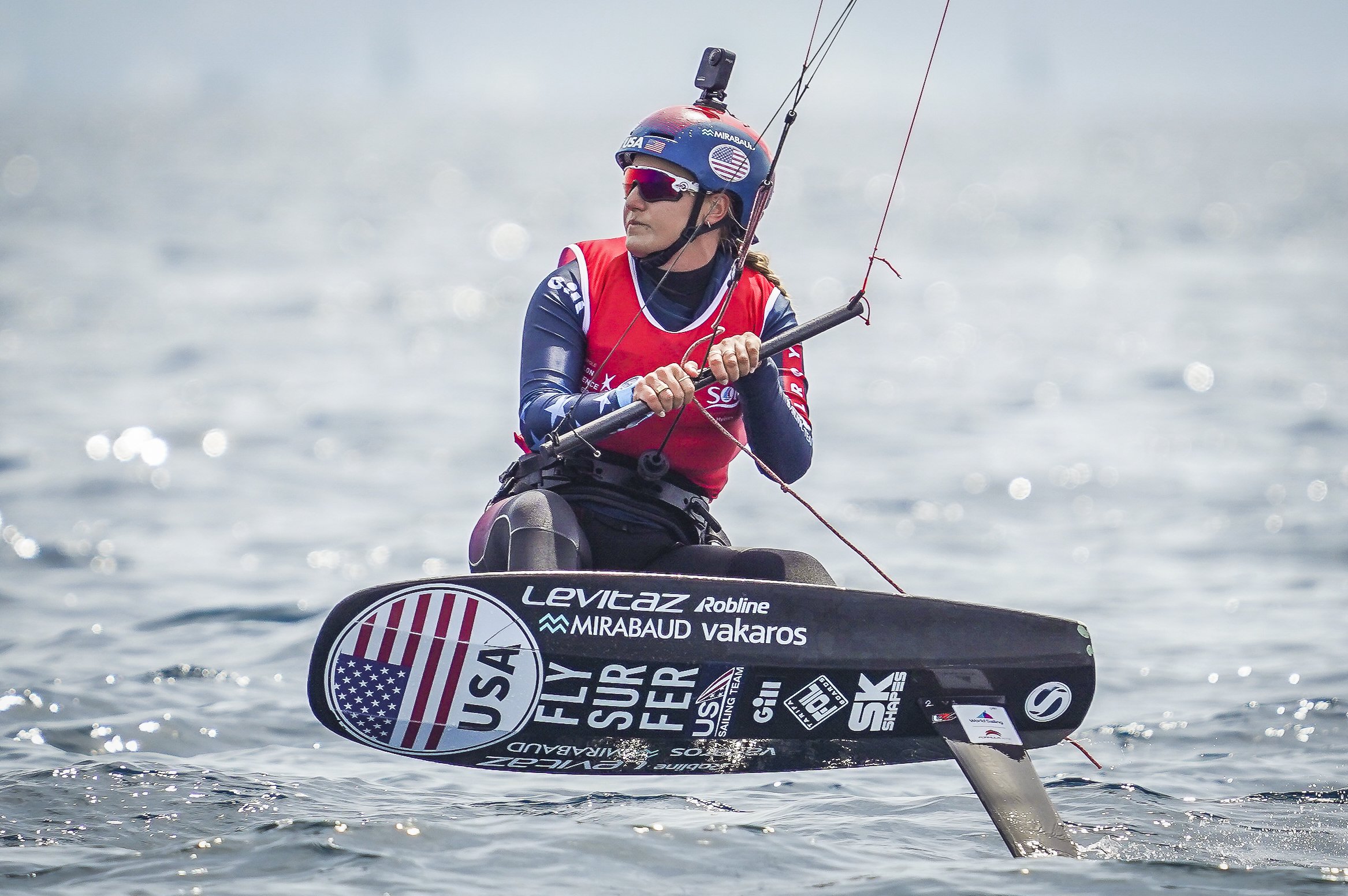
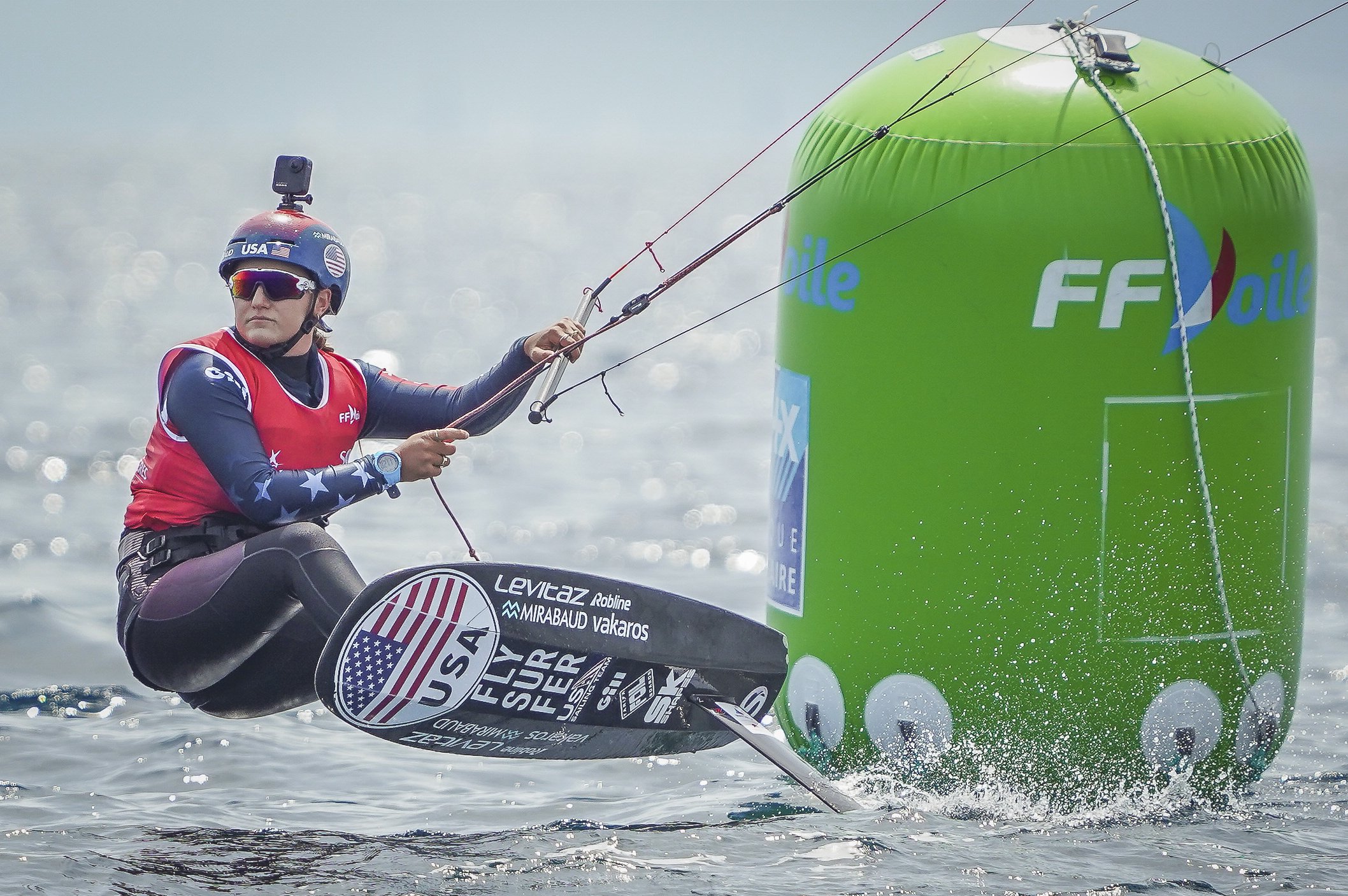
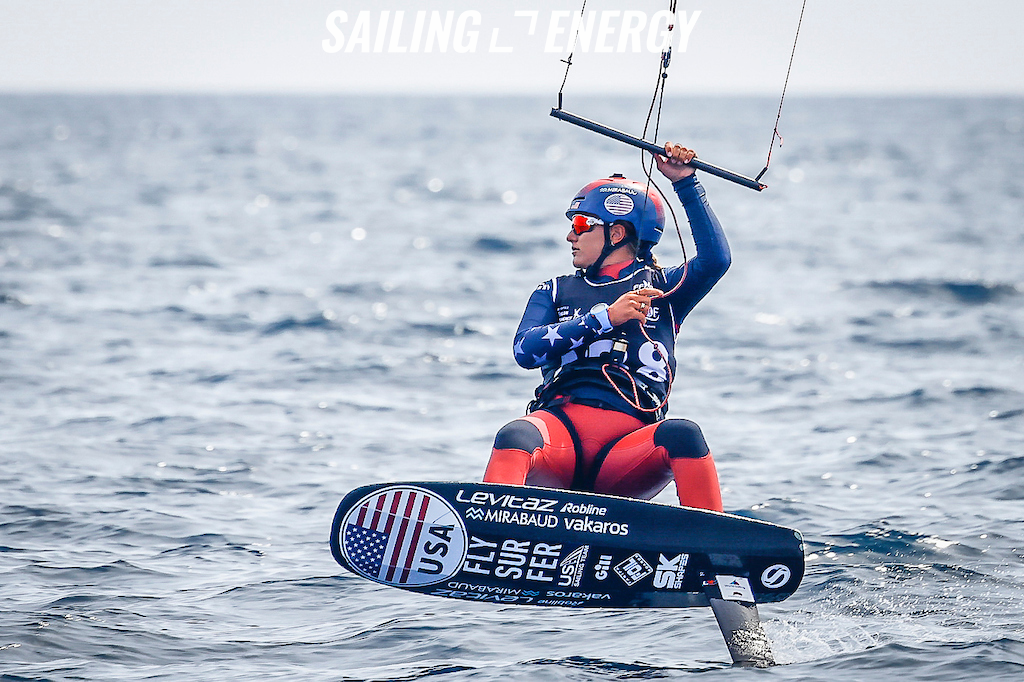
I took a week off at the beginning of May and went back to Miami to disconnect from sailing. I spent quality time with close friends, kept grinding in the gym, and also began planning the rest of the summer. After a week, I was very excited to get back to Europe because I was picking up a moth in Lake Garda! I had been considering buying a moth for over a year; I knew I needed something outside of kiting that would get me foiling on the water and develop my sailing skills in a different way. It’s taken me a while to learn how important it is to work your mind in a different way - this opportunity to develop my foiling skills and apply myself to learning something new is unparalleled. What is also great about moth sailing is I can do it on my own time anywhere I go for training, and it allows me to get high performance sailing experience without high risk of injury. Overall, it just felt like it was the right thing to do and that it was meant to happen.
I got back into kite training in Hyeres with a long to-do list of gear to test and skills to improve. I had a great routine of hitting the gym in the morning, followed by a pit stop at the boulangerie for baguettes and croissants, breakfast at home, and long sessions on the water in the afternoon. It sounded good and productive. Now, looking back, I realize I was already just going through the motions and not really enjoying the training; I was quickly on my way to burnout. Despite this nagging feeling of lacking motivation, I kept pushing and kept grinding, even on the days when I was just dreading putting my wetsuit on to go for a session. I thought I was just pushing myself in a good way - after all, I feel like I’ve always been told that if I work harder and put more hours in than my competitors, then I’ll automatically come out with better results, right? This couldn’t be more inaccurate, but I will get more into this in the next blog post. My team and sport psychologists worked with me to find strategies that would help me with these struggles. I even asked Chris and Tucker to push me more to help me feel motivated to get on the water, and had training partners around that would challenge me on the water. But I learned later that these were only short term solutions.
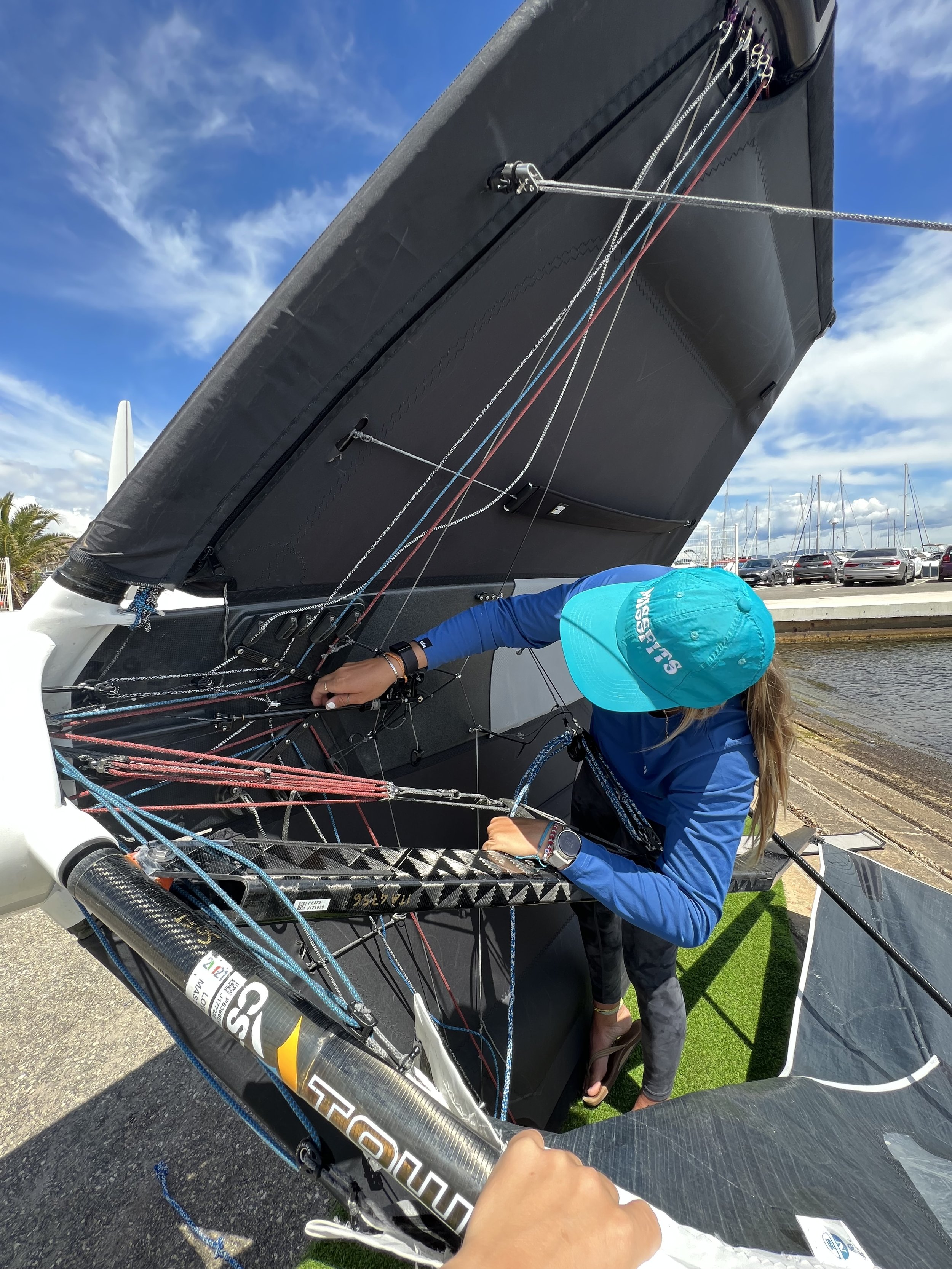
After a few tough weeks in Hyeres, I had another week off at the beginning of June. I spent that time in Newport, Rhode Island, where I hit the gym hard, ate lots of Chipotle, got to spend some time around an M32 regatta, and reconnect with friends. The summer was just getting started, and there was a long, rough road ahead.

